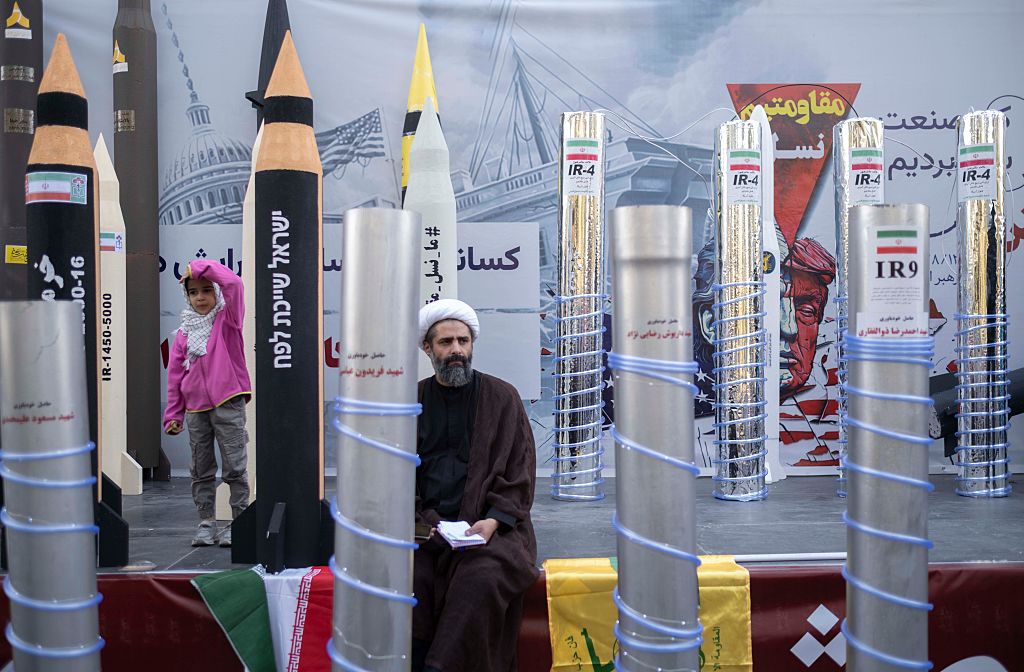Published: 11 November 2025
Last updated: 11 November 2025
Six months after the war between Israel and Iran, and a year since Israel’s war with Hezbollah in Lebanon, regional officials and analysts are warning that the next round of fighting may already be quietly unfolding.
The 12-day war between Israel and Iran, together with the grinding battle across the Lebanese front, damaged infrastructure, claimed thousands of lives and reshaped regional alliances. Yet neither conflict resolved the central strategic issue: Iran’s ongoing pursuit of nuclear and missile capabilities, and its continued arming of proxy militias across the region.
Today, with diplomacy stalled, nuclear oversight suspended and multiple governments preoccupied with the ongoing war in Gaza, many analysts believe a renewed confrontation — broader, faster and more destructive than before — may be only a matter of time.
Iran rebuilding nuclear capabilities
A recent intelligence assessments suggest that while Israeli and American strikes during the June war caused significant damage to Iran’s nuclear program, they did not destroy it The New York Times reported this week.
The 2015 nuclear agreement, which limited uranium enrichment, formally expired last month. Sanctions that had been eased under the deal have now been reinstated, and negotiations have collapsed. Officials familiar with nuclear monitoring say Iran retains enough enriched uranium to produce roughly 11 nuclear weapons.
At the same time, Iran appears to be continuing work on a new underground enrichment site known as Pickaxe Mountain — a facility it has refused to open to international inspection. Rafael Grossi, director of the International Atomic Energy Agency, told The Financial Times that the majority of Iran’s highly enriched uranium stockpile likely survived the war. He estimates Iran still holds around 400 kilograms of uranium enriched to 60 per cent — a short technical step from weapons-grade.
